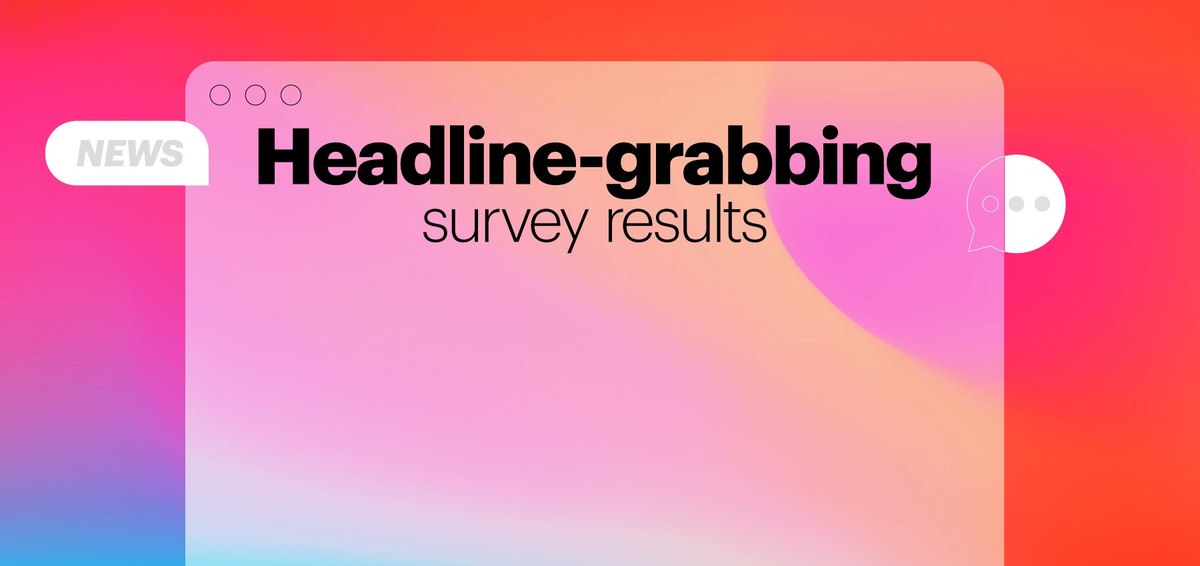
5 tips for using data to perfect your PR pitch
This article first appeared in PR Week.
What do you do when you’ve been asked to generate press coverage, but your company or client have nothing new to say? PR professionals and agencies truly earn their keep by sustaining media coverage in those lulls between big product launches and business announcements. “Pitch and pray” rarely works, and close media relationships only get you so far.
Increasingly, as brands view themselves as publishers, PR professionals are leveraging rapid-response surveys to participate in and lead the news cycle. Running consumer surveys used to take weeks and cost tens of thousands of dollars, but panel-powered survey platforms like YouGov’s allow brands to reach virtually any audience and generate attention-grabbing data within days.
Bankrate, a leading personal finance website, regularly lands top-tier media coverage with its strategic use of consumer research.
"We use survey data to highlight issues that consumers face with their personal finances, focusing on problems that are timely and widespread,” said Ryan Feldman, Director of PR at Bankrate. “Both our data and our expert analysis of the subject matter have helped us to build strong relationships and trust with the media."
Tips for headline-grabbing surveys
Not every thought-leadership survey generates top-tier media coverage, however. Here are five best practices to keep in mind when commissioning research to support your PR efforts:
1. Ideate ideal headlines
When determining your topic and questions, think in terms of the headlines that you want your survey to generate. That doesn’t mean pre-supposing the results, but you should keep in mind what will appeal to journalists and readers when you write your questions. Start by searching online so you know what similar survey data has already been published and can identify areas of “blue ocean.” Sometimes your winning headline might be a fun stat that draws the reader into the more serious subject matter you really want to address.
2. Make it timely
Tie your survey to a moment in time when you know media outlets will be covering a topic and looking for new angles. Amid rising inflation last year, Bankrate ran a holiday shopping survey looking at the strain placed on consumer finances, and secured coverage in the Wall Street Journal, TODAY Show and multiple local TV stations. As you build out your PR calendar, identify key opportunities where you plan to generate new survey data to lead the conversation.
3. Spark debate:
Don’t be afraid of topics that will spur conversations, though it’s usually best to avoid politics. YouGov recently commissioned a survey that explored views on airplane etiquette – including opinions on the age-old question of whether it’s acceptable to fully recline your seat. This generated top-tier media and an excited social media debate as people weighed in with their own views and experiences. Another example: San Francisco-based agency Smitten Communications gained valuable exposure for tech client JustAnswer through a YouGov poll focused on family dramas during holiday celebrations; 70% of Millennials would “uninvite” a family member if they could!
4. Target and compare opinions:
Sometimes the headline-grabbing aspect of your survey results emerges through comparing opinions across different demographics. In the planning stage, make sure to set up your survey sample so you can do these cuts. For example, if you want to explore the generational divide, ensure you have respondent quotas for each age range. YouGov’s panel-powered surveys also allow clients to segment survey results against thousands of audience variables within our Profiles platform, allowing you to identify interesting differences in opinion once your results come in. Depending on your business’ or clients’ focus, you may want to target your survey towards a niche audience. With our panel-powered approach, YouGov can filter against literally thousands of audience variables to reach exactly the people you want to – whether it’s dog owners in the Northeast or first-home buyers.
5. Ensure objectivity:
While you want compelling results, it’s critical to frame your questions in a way that isn’t leading, ensure your methodology is sound, and your sample is representative. Journalists often ask to see the full survey results or pose questions about the statistical significance of your findings. Published results that are brought into question on social media can result in your brand taking a reputational hit. It’s important to work with a trusted research partner who can ensure the objectivity of your survey and lend credibility to the results.
With competition for reader attention at an all-time high, PR professionals must think like publishers when producing and preparing their pitches. Generating insightful, novel and credible data through surveys should be a key part of your PR plans.
As the most-quoted research company in the world, according to Meltwater, YouGov collaborates with PR agencies and in-house teams to run rapid-response surveys on a daily basis. With our proprietary panel of 24 million people worldwide and expert research team, we can target virtually any audience and deliver accurate, trusted results in as little as 24 hours. And clients can connect survey answers with our YouGov Profiles data to quickly analyse results against thousands of demographic, psychographic and attitudinal variables.